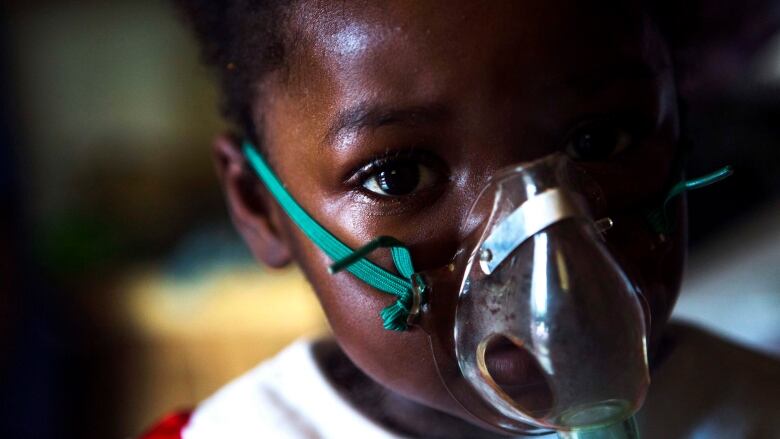How kids' asthma could be kept in check with a cleaner home
If environmental exposures are targeted, benefits on a child's asthma can be similar to that of medications

Reducing indoor allergens and pollutants can help control children's asthma, reducing their need for medication, according to a new report from the American Academy of Pediatrics.
Many things in the home contribute to asthma symptoms and attacks, said report co-author Dr. Elizabeth Matsui. Dust mites and mold top the list, along with furry pets, smoke, cockroaches and airborne fragrances and chemicals.
"By intervening, you can have a big impact on your child's asthma," said Matsui, a professor of pediatrics, epidemiology and environmental health sciences at Johns Hopkins Bloomberg School of Public Health in Baltimore.
As many as 1 in 10 American kids has asthma, a chronic lung condition that makes it hard to breathe, according to the academy. Their inflamed, narrowed airways lead to wheezing, tightening in the chest, shortness of breath and coughing.
- Second-hand smoke can hurt kids years after exposure
- Asthma diagnosis 'trivialized,' fuels overdiagnosis, doctors say
The first step is to learn what's causing your child's asthma. Infections prompt symptoms in some kids, but this new report focuses on environmental triggers. Allergy testing either a blood test or an allergist's skin test can provide some vital answers, the pediatrician's group says.
"As the parent of a child with asthma, I can honestly say that knowing what the triggers of the asthma are is important for the overall health and quality of life of the child," said Dr. Vivian Hernandez-Trujillo, chief of pediatric allergy and immunology at Nicklaus Children's Hospital in Miami.
After identifying the environmental culprits, appropriate measures can be taken, she said.
Dust mite allergies, for example a problem for as many as 6 out of 10 kids with asthma can be helped by removing carpeting and stuffed toys, the report noted.

Vacuuming with a HEPA filter, encasing your child's mattress and box spring in allergy-proof covers, and regularly washing bedding in hot water are also recommended for controlling dust mites, Matsui said.
However, if your child is allergic to cats another common trigger there's really no option but to find the animal a new home, she said.
"The allergen that the pet produces is airborne and very sticky, and so even when you try to isolate the pet, you don't really have any improvement in the child's asthma," Matsui explained.
Indoor pollutants can also trigger asthma in some kids.
Smoking is the major contributor to indoor pollution, Matsui said. Giving up smoking or at least banning it inside the house is key, she and Hernandez-Trujillo said.
"We, as adults, have control over this and should not underestimate the negative impact this has on the health of our children, especially those with respiratory conditions such as asthma," Hernandez-Trujillo said.
Electronic cigarettes and marijuana also emit airborne particles that can trigger asthma, the report stated.
For any child using daily asthma medication or experiencing symptoms several times a week, parents should talk with their pediatrician about possible environmental triggers, Matsui said.
"This approach should be an integral part of asthma management," she said. "If environmental exposures are targeted, the effects on the child's asthma can be similar to that seen with medication," Matsui said. At the very least, this approach may reduce the need for control medications, the report said.
But to succeed, you'll need to tackle all the triggers, not just one or two, Matsui added.
Other highlights of the report, published online Oct. 31 in the journal Pediatrics:
- Asthma rates are as high as 25 per cent in some communities, and studies have identified poverty as a major risk factor for the disease, according to the report.
- The makeup of children's airways may leave them especially vulnerable to environmental allergens and pollutants. Also, many kids spend time on the floor where allergens collect, the report authors noted.
- Controlling your children's asthma triggers will reduce their dangerous and uncomfortable symptoms, Hernandez-Trujillo said.
"In addition, this will ensure that kids are feeling well enough to attend school and allow them to thrive," she said.
HealthDay News












_(720p).jpg)


 OFFICIAL HD MUSIC VIDEO.jpg)
.jpg)



























































































